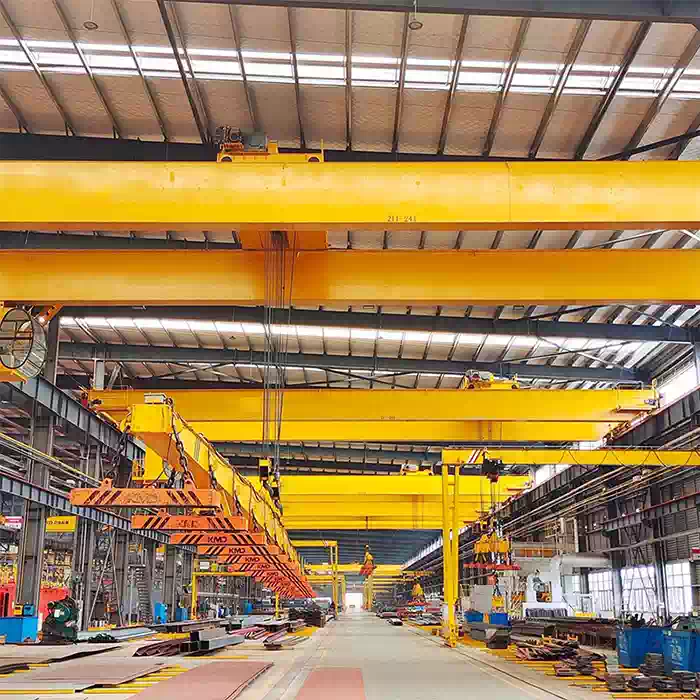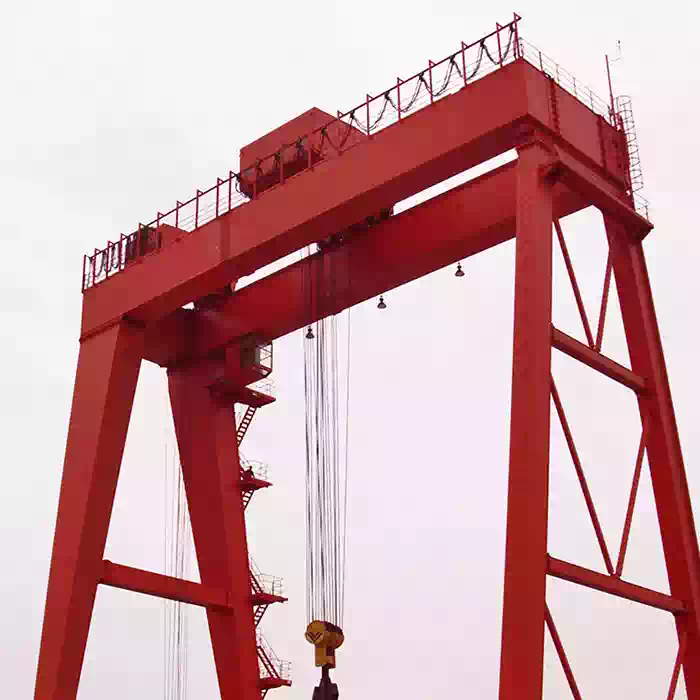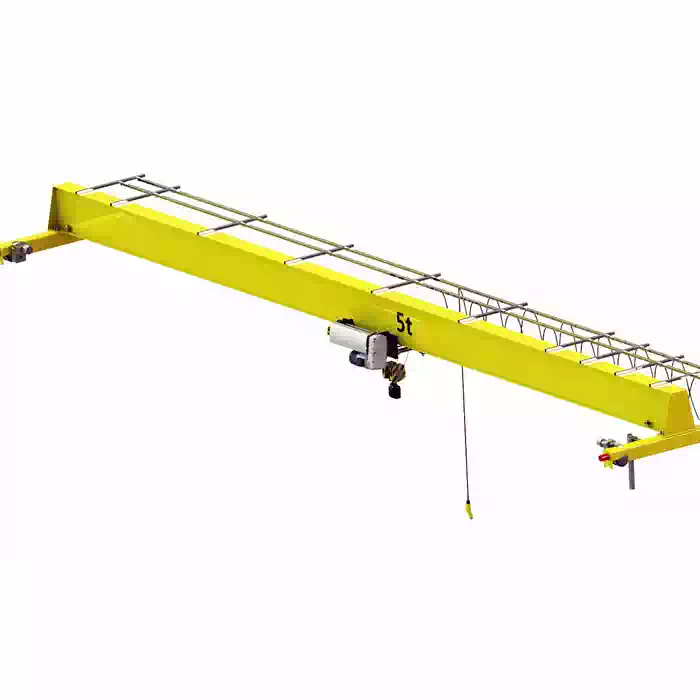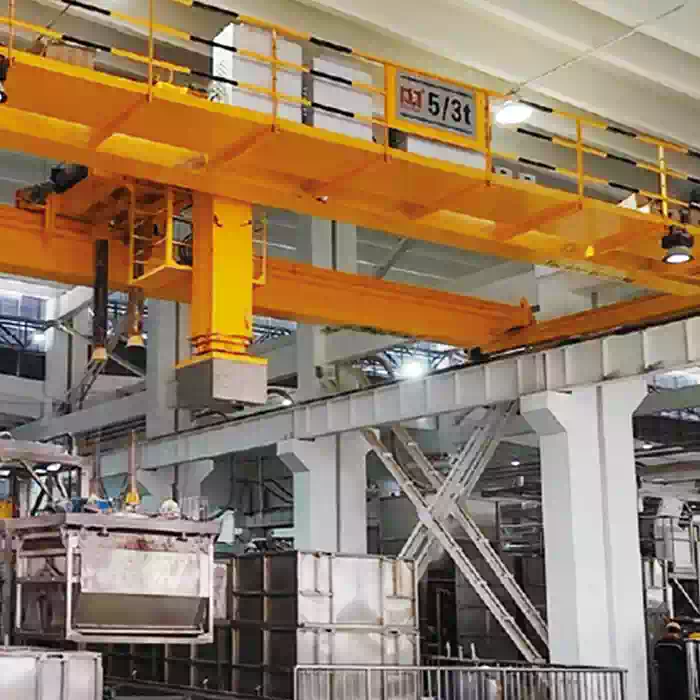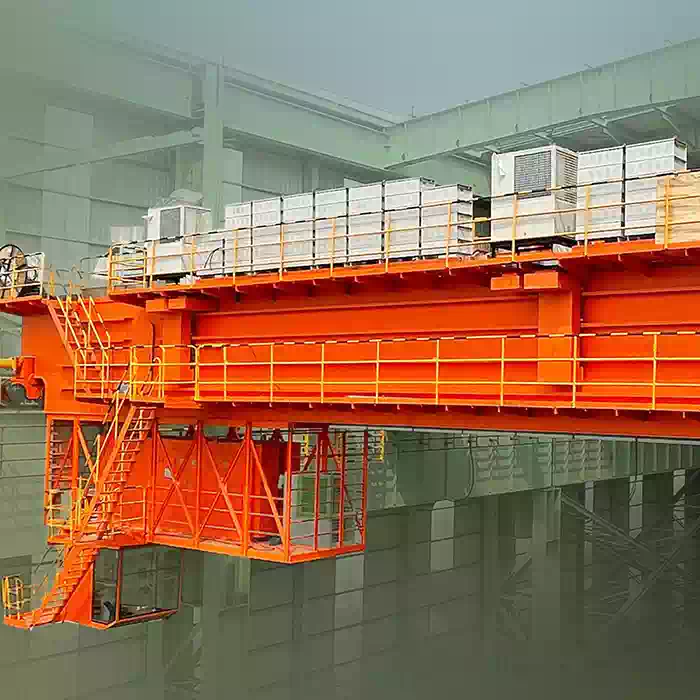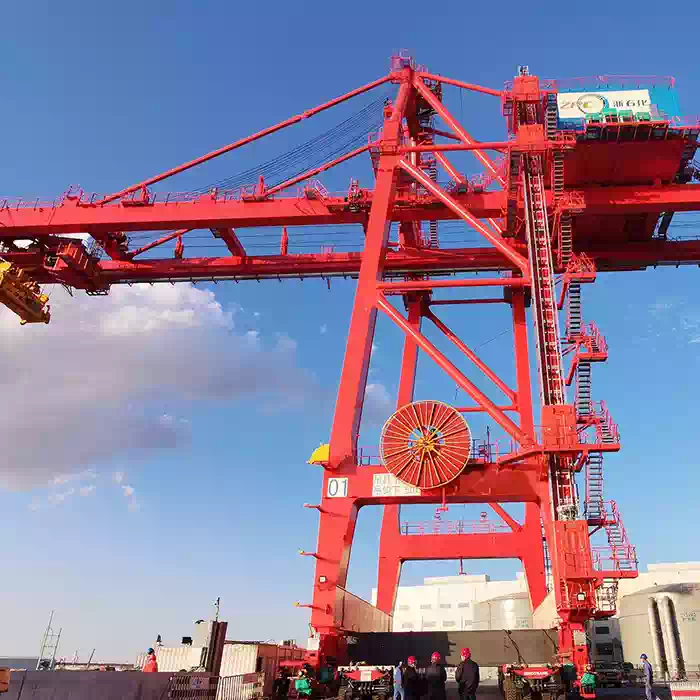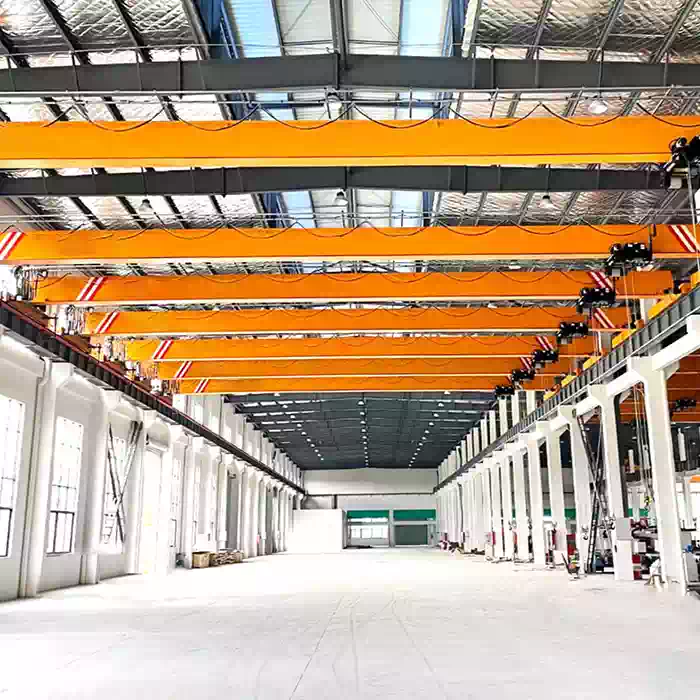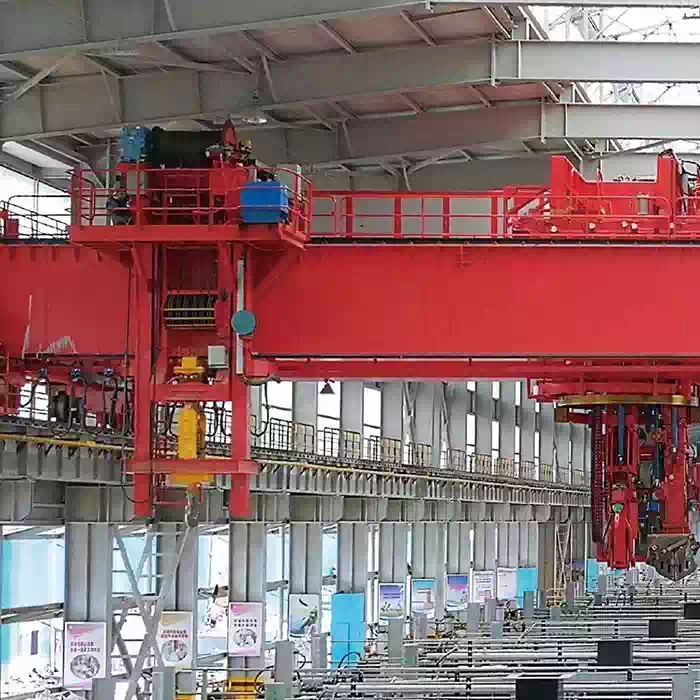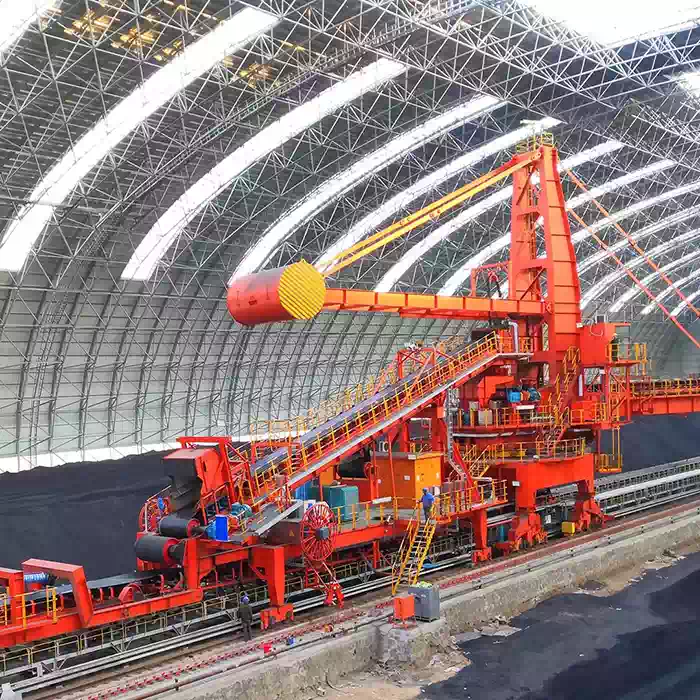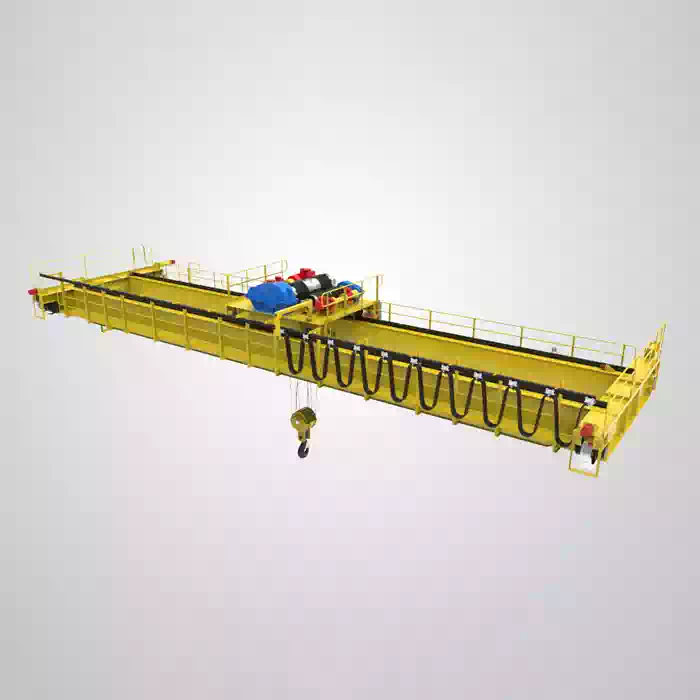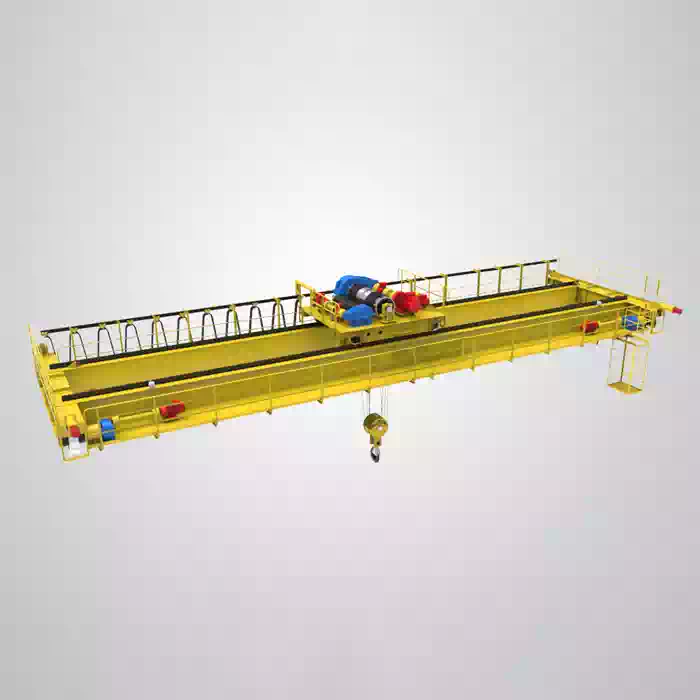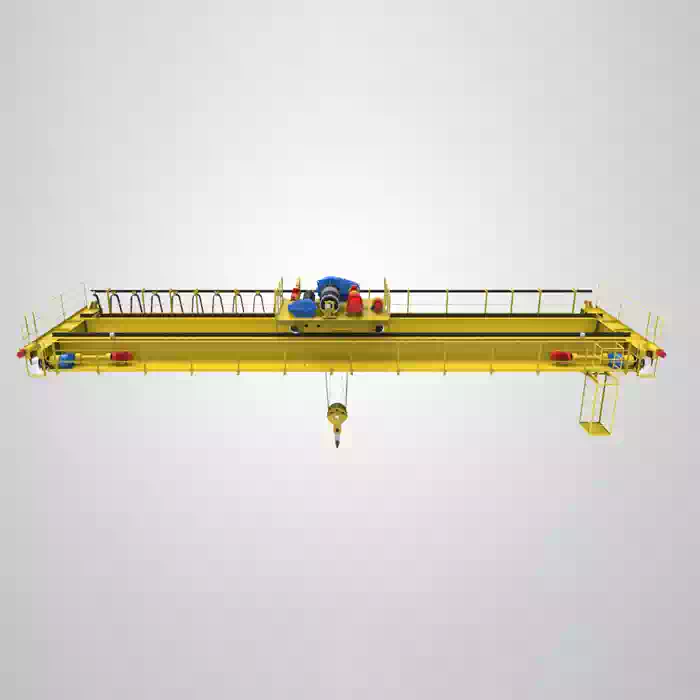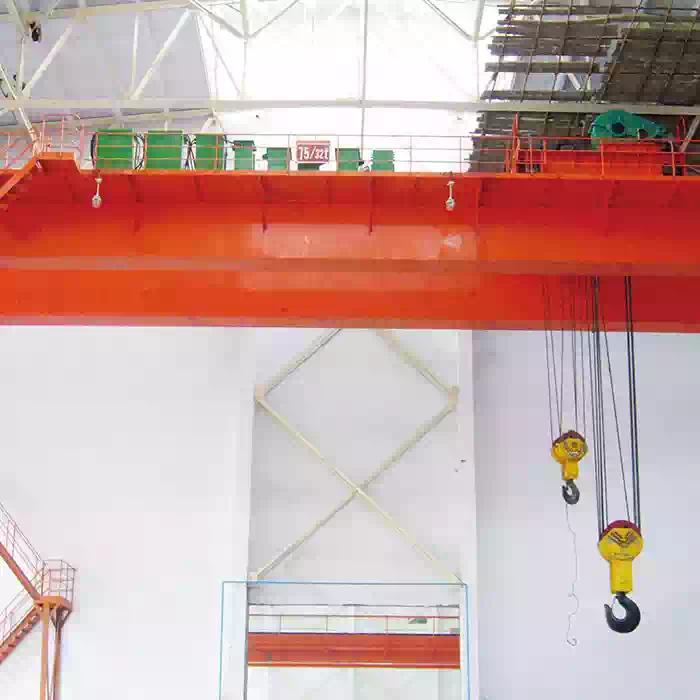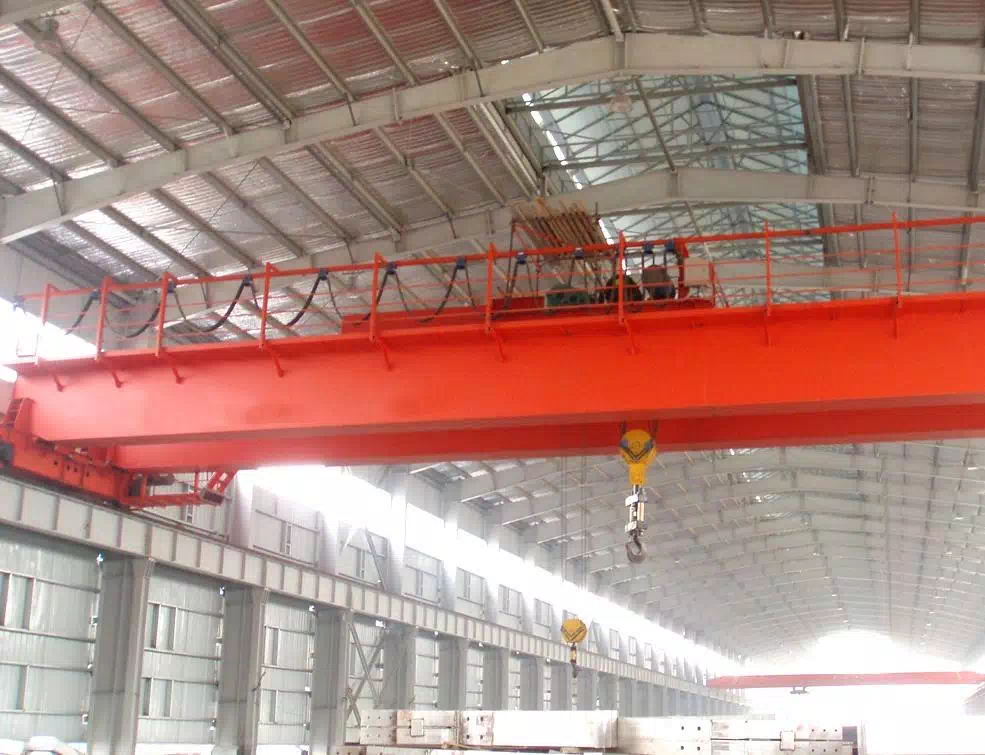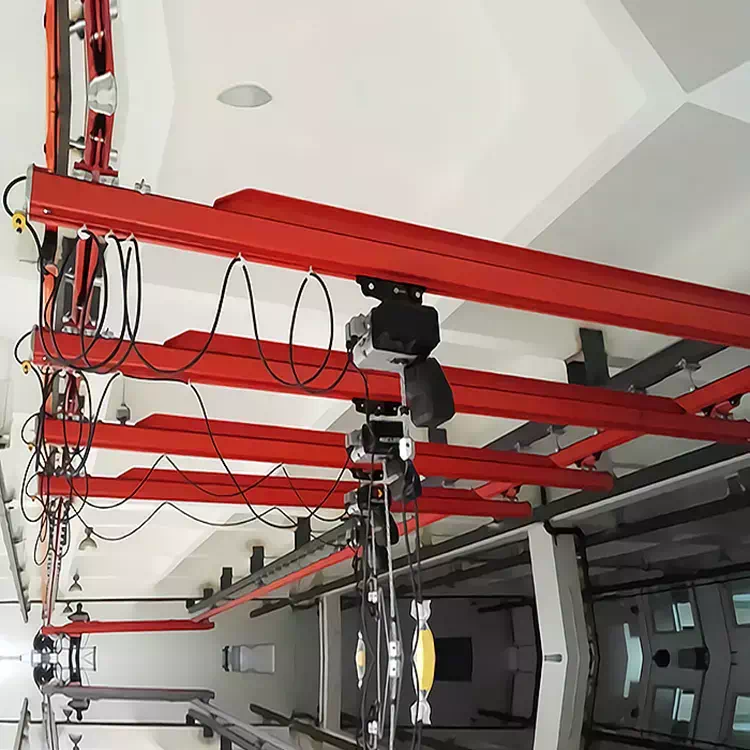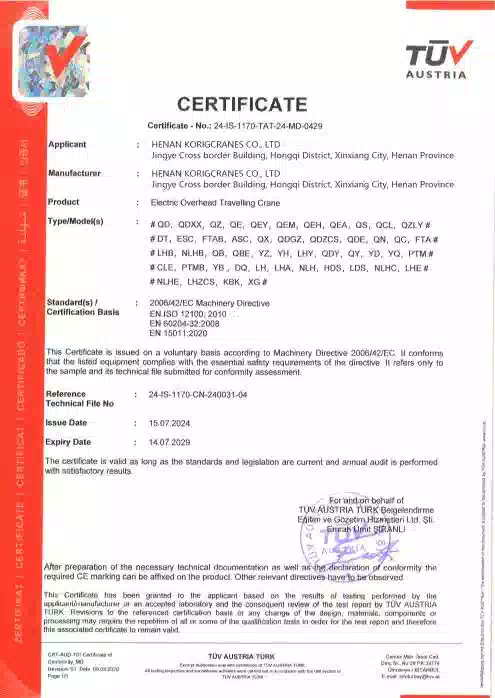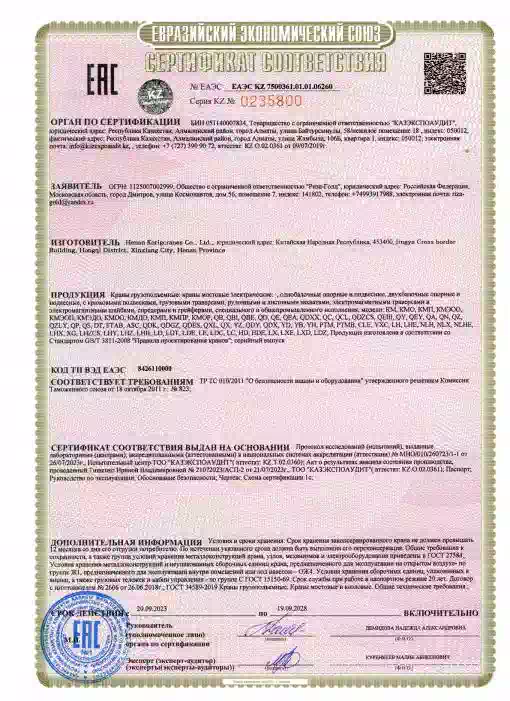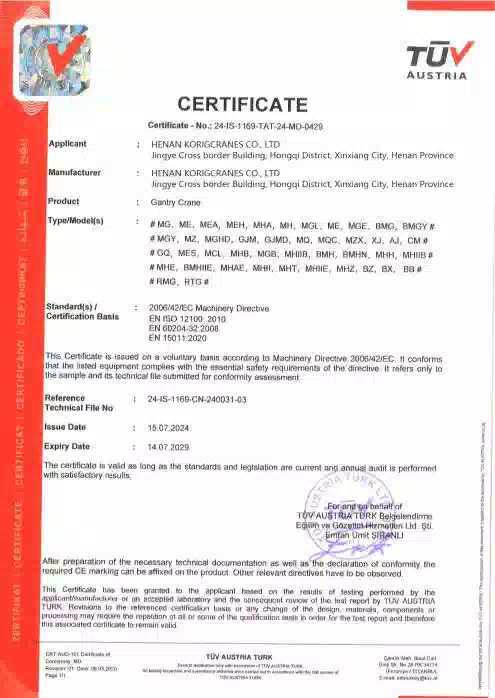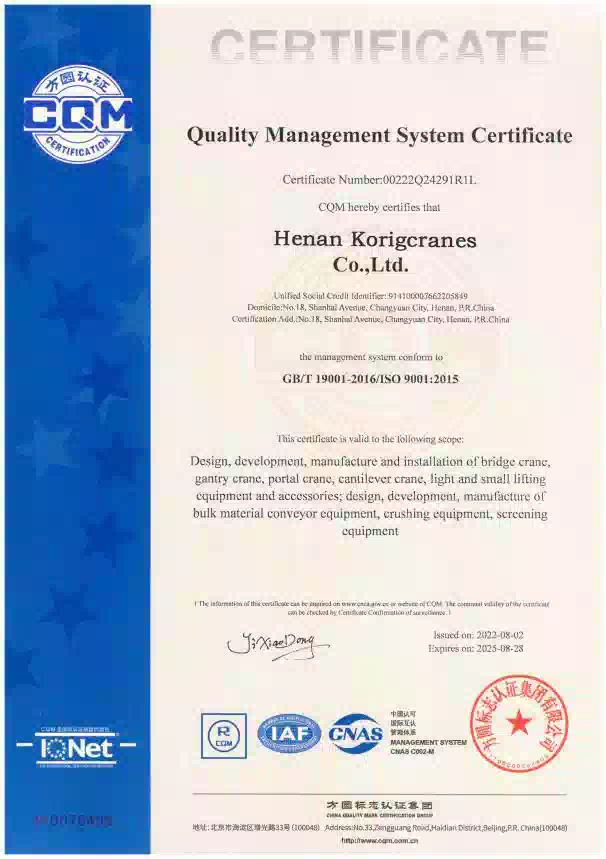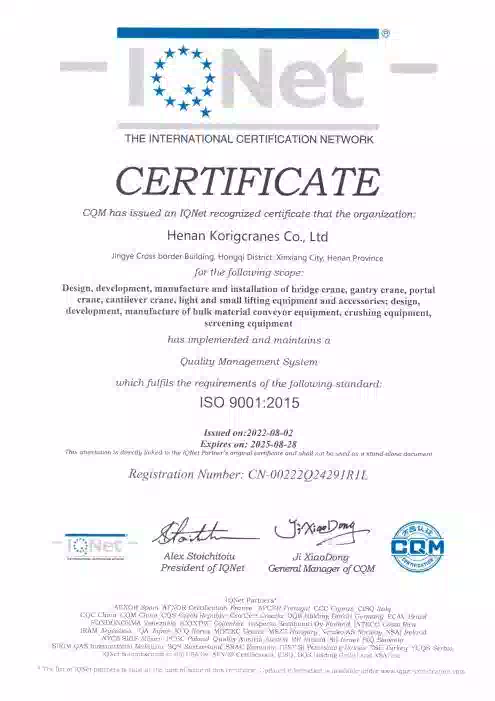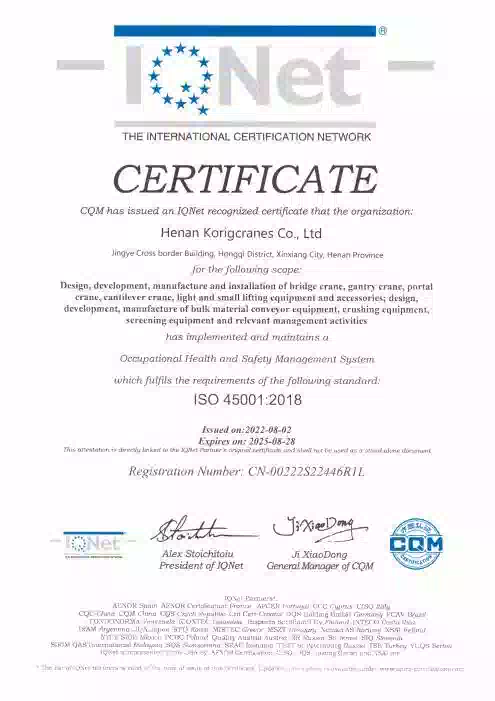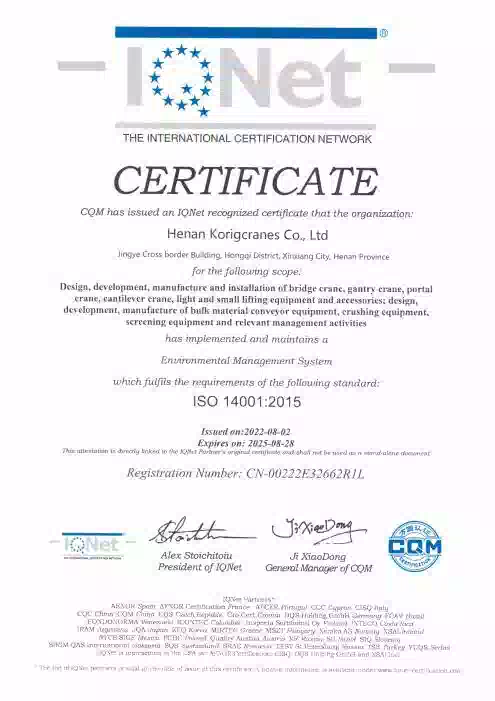

- A3
- A4
-

 Lifting hook
Lifting hook
Explosion-proof performances of all motors and electric components of QB explosion-proof crane satisfy standards stipulated by GB3836.2 Explosion-proof Electric Equipment Working in Explosive Gas Envircmment Part2: Flame-proof Type"D",and the performance of the crane satisfies demands in JB/T5897 Explosion-proof Crane. The crane has obtained Explosion-proof Certificate after passing examinations by units designated by the government to test explosion-proof products. The explosion-proof marks are Exd II BT4 and Exd II CT4 respectively. This product is generally controlled on the ground,but control from the driver' s cabin is also allowable.
Features:
1, Overhead traveling on the steel structure, normally in workshop, heavy working duty from A5-A8.
2, Could be used in explosive environment.
3, Soft start, 3-5 speeds to operate, very stable to lift and running.
4, Six direction action, to make sure the enough wide working area.
5, Full safety system as follows:
Weight overload protection、Emergency stop system、Over current protection,Short-circuit protection、Phase sequence protection、 Zero position protection、Voltage loss protection、Limit switch and stopper for crane long traveling and cross traveling、Lifting overhigh and overlow limit switch、Anti explosion
Explosion - proof overhead cranes are specifically engineered for areas with particular explosion - related parameters. They are suitable for environments where the explosion transmission level is not higher than II B or II C. This classification is crucial as it determines the crane's ability to handle different levels of explosive risk. II B and II C represent different degrees of flammability and explosion severity of the surrounding substances.
The ignition temperature group of the inflammable gas or explosive mixture of steam and gas in these areas must not be lower than T4. The T4 classification indicates that the crane can operate safely in environments where the minimum ignition temperature of the explosive substances is relatively high. This ensures that the crane's normal operations, such as starting, stopping, and moving, will not generate sufficient heat to ignite the potentially explosive mixtures.
The applicable dangerous zones for these cranes are zone 1 and zone 2. Zone 1 is an area where an explosive gas - air mixture is likely to occur in normal operation, while zone 2 is where such a mixture is not likely to occur during normal operation, but may occur in abnormal circumstances. The explosion - proof design of the crane, with features like explosion - proof enclosures for electrical components and spark - resistant materials, allows it to function safely in these zones, reducing the risk of explosions and protecting both the facility and the workforce.



